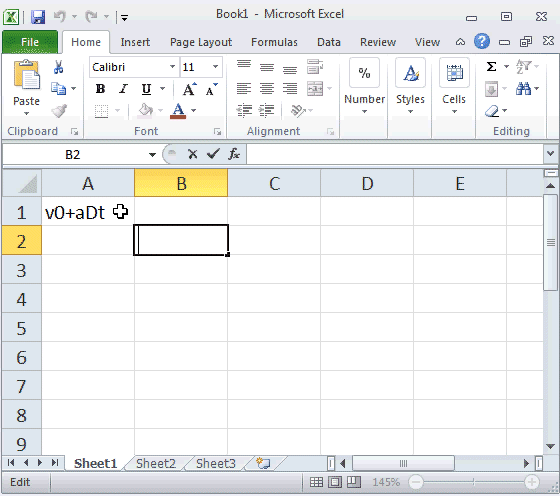

In the Open dialog box that pops-up, select the Excel file you want to repair and click. You can also open the Font dialog box without reaching for your mouse by pressing Ctrl+D. All that needs to be added is the button ID, the Screentip and the name of an onAction Sub procedure to run when the arrow is clicked. In the corner of your screen, select the Launcher Up arrow. ) in the lower right-hand corner of the Font group on the Home tab. This is a jumble, I agree, but all you really need to understand is the last 4 lines. Using the Custom UI Editor for Microsoft Office, which you can get here, open your document’s ribbon XML The following shows the previous image’s XML layout

How this is done is very simple: Edit the XML This form gives access to all of the workbook’s options, including those reprsented by the checkboxes in the same grouping. What does it open? As you might guess from the Screentip, it is the main Options/Preferences form. There is a Dialog Box Launcher for the Preferences group. The previous image is from an estimating workbook which I coded. Generally with VBA programming you will have a form whose input is central to the group’s “theme”. The first thing you need is a dialog box which you want to open with the Launcher. They are easy to setup on your own custom Ribbon… First Things First However, I did find those dialog boxes and more.īehind those little diagonal arrows at the lower right of many of the command groups are what Microsoft calls Dialog Box Launchers. Where was the Font or Page Setup dialog boxes? After all these years of working with the Ribbon, I still have to ask the “Tell me what you want to do?” query box for help. Many items had been resorted into other categories or simply hidden. Please try again.If you were like me when the Ribbon menu first showed up in Office 2007 I was lost. Was this page helpful? Thanks for letting us know! Get the Latest Tech News Delivered Every Day Email Address Sign up There was an error. Select these icons once to activate the feature and select a second time to turn the feature off. For example, many of the formatting features found on the Home tab of the ribbon, such as the bold feature, are found on single choice icons. Work With Non-Dialog Box Options It is not always necessary to access features and options in Excel through a dialog box. Selecting a function's name in the list opens its dialog box.

When you select these down arrows, a drop-down menu opens and displays individual function names. Each group name has a dialog box launcher associated with it. The Formulas tab in Excel contains groups of functions that have similar purposes in the Function Library. The dialog box makes it easy to enter information related to the function's arguments, such as the location of data and other input options. Some, such as those found under the Formulas tab, are associated with individual icons on the ribbon. Examples of groups with a dialog box launcher include: The Font and Number groups on the Home tabThe Charts group on the Insert tabThe Page Setup and Sheet Options groups on the Page Layout tab Access Function Dialog Boxes Not all dialog box launchers in Excel are found in the corner of ribbon groups. The launcher is a small downward-pointing arrow located in the bottom right corner of individual groups or boxes on the ribbon. Find the Dialog Box Launcher One way to open dialog boxes is to use the dialog box launcher. The information in this article applies to Excel versions 2019, 2016, 2013, 2010, and Excel for Mac. lifewire's editorial guidelines Updated on OctoTweet Share Email Image Source / Getty Images Tweet Share Email MS Office Excel Word Powerpoint Outlook A dialog box in Excel is a screen where you input information and make choices about different aspects of the current worksheet or its content, such as data, charts, and graphic images.
WHERE IS THE FONT DIALOG BOX LAUNCHER IN EXCEL SOFTWARE
Software & Apps > MS Office The Dialog Box and Dialog Box Launcher in Excel Input information and make choices about Excel worksheet features By Ted French Ted French Writer Former Lifewire writer Ted French is a Microsoft Certified Professional who teaches and writes about spreadsheets and spreadsheet programs.


 0 kommentar(er)
0 kommentar(er)
